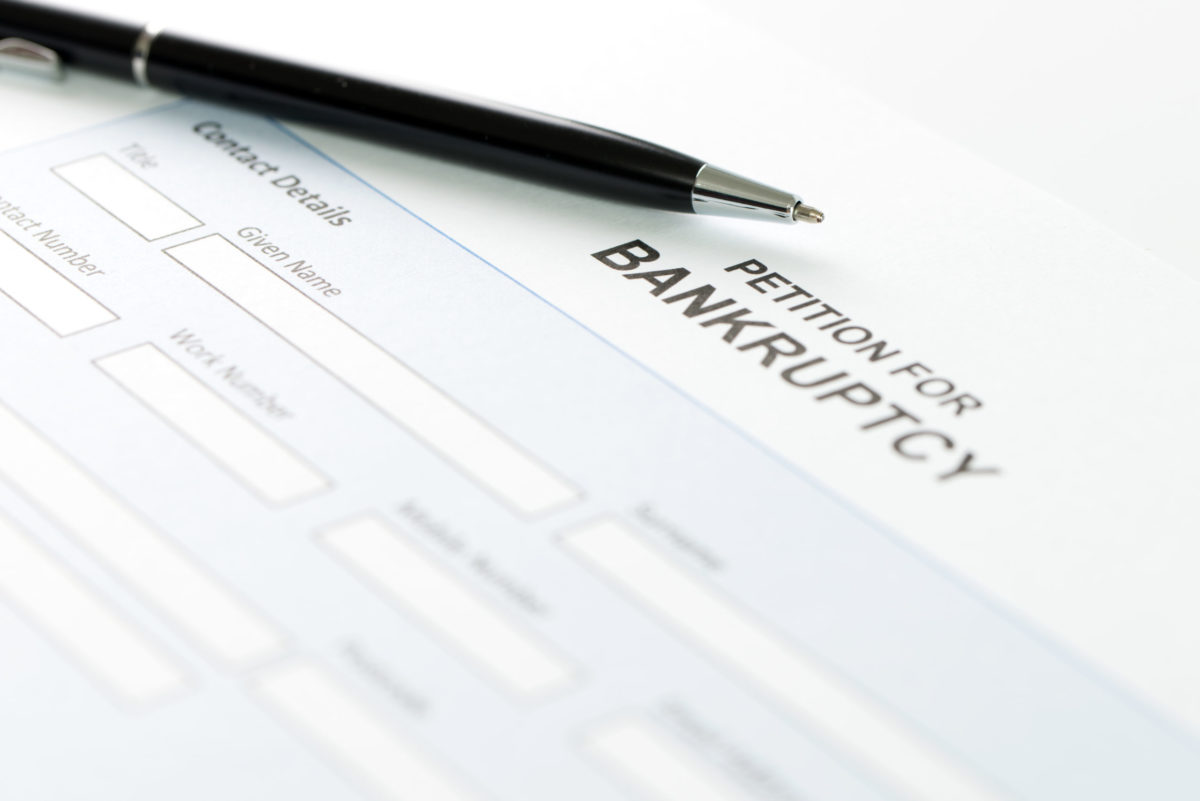Filing for Bankruptcy More Than Once in Ohio: What You Need to Know

Filing for bankruptcy can give you a fresh start. There are times, however, when someone has their debts discharged, only to face additional life challenges that require them to take on more debt and end up in financial trouble once again. When people find themselves in this situation, they often wonder if they can file for bankruptcy more than once.
The Ohio bankruptcy lawyers at Amourgis & Associates, Attorneys at Law have decades of combined legal experience. We have the knowledge and compassionate approach you’re looking for in an attorney. Below, we’ve provided information about your options for filing bankruptcy more than once in Ohio. We’d also be happy to answer any questions you have about bankruptcy in a free consultation.
Can I File for Bankruptcy More Than Once in Ohio?
So, how many times are you allowed to file bankruptcy? Technically, there is no law against filing multiple bankruptcies. However, there are laws that limit how often you can have your debts discharged through bankruptcy, and there may not be much to gain by filing for bankruptcy if you can’t discharge any of your debts. How often you can have your debts discharged depends on which chapter of the Bankruptcy Code you most recently used and which chapter you wish to use for your latest claim.
Filing for Bankruptcy Under the Same Chapter Again
If you’ve filed for personal bankruptcy under one chapter of the Bankruptcy Code and wish to file again under the same chapter, you will have to wait a specified amount of time before you can have any debts discharged.
- Chapter 7 – If you filed for bankruptcy under Chapter 7, you have to wait eight years from the date of your previous filing before you can file another Chapter 7 bankruptcy claim.
- Chapter 13 – You can file for Chapter 13 bankruptcy again as soon as you’ve successfully met the terms of your repayment plan with your creditors. However, if you’re still paying off your prior debts and wish to file for Chapter 13 bankruptcy again, you must wait until two years have passed since your initial filing.
Filing for Bankruptcy Under a Different Chapter
There are slightly different rules for having your debts discharged through different chapters of the Bankruptcy Code. In brief, those rules are:
- You filed Chapter 7 previously and now want to file Chapter 13 – You must wait four years from the date you first filed for Chapter 7 bankruptcy.
- You filed Chapter 13 previously and now want to file Chapter 7 – You must wait six years from the date you first filed for Chapter 13 bankruptcy in most cases. If you’ve already paid back all of your debts under Chapter 13 as well as 70 percent of your unsecured debts (credit cards, medical bills, etc.), then you may be able to refile immediately.
When Are Multiple Bankruptcy Filings Considered Abusive?
There isn’t anything inherently wrong with filing multiple bankruptcy claims, but doing so for the wrong reasons can create problems. If someone does not meet the means test for a Chapter 7 bankruptcy case, if they file for bankruptcy multiple times to evade a creditor, or if they’re trying to block a collection action, then the court might take action to prevent that person from abusing the system.
Filing too many bankruptcy claims in a given time period could lead to you losing certain protections or being denied the chance to have your debts discharged.
Get Help from an Ohio Bankruptcy Attorney Today
So, can you file for bankruptcy more than once in your life? Yes, but you’ll probably want help from someone who knows the bankruptcy system. Contact the Ohio bankruptcy attorney at Amourgis & Associates, Attorneys at Law today for a free initial consultation.







